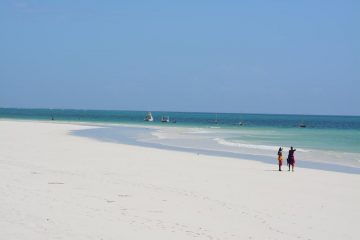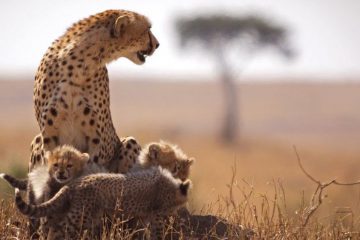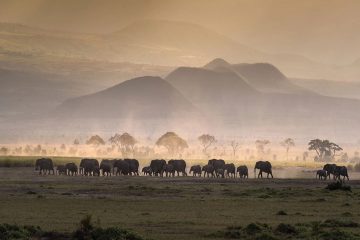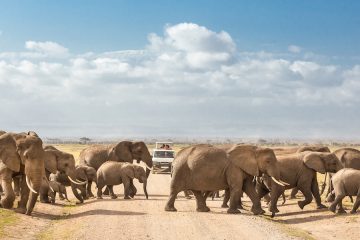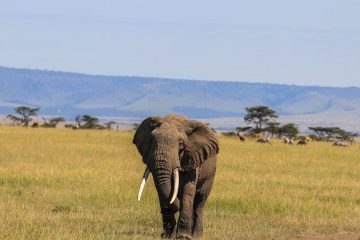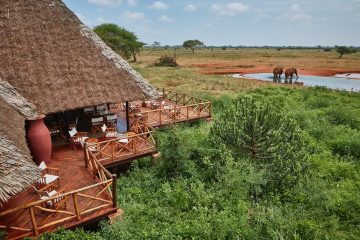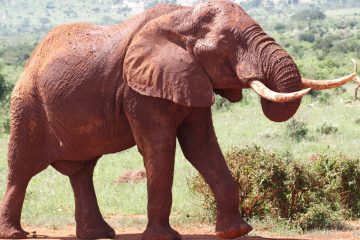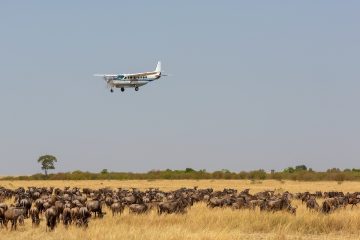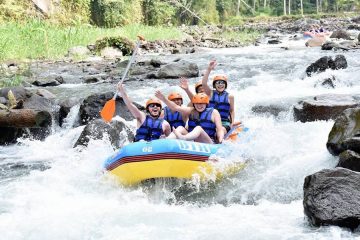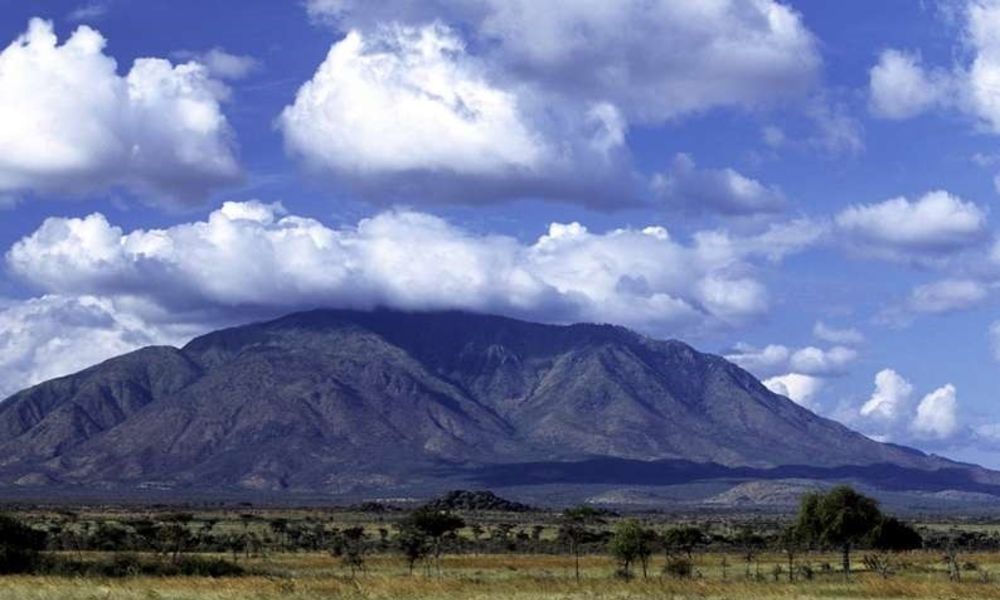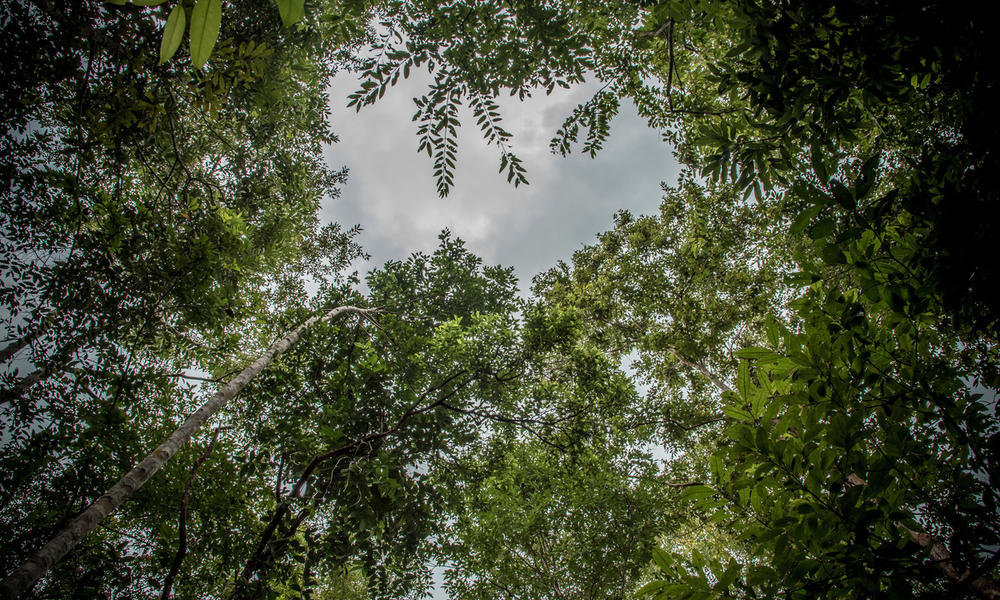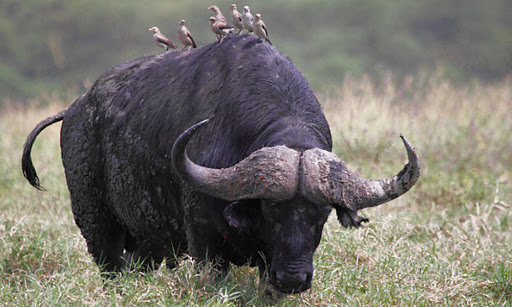The slopes on the second tallest mountain in Africa haven ecological system that is unique and is safe guarded by Mount Kenya National Park. Every year, several venturesome tourists travel to climb up its daring peaks. In Africa, the second tallest mountain is Mount Kenya. Mount Kenya has been titled a biosphere reserve as well as a UNESCO World Heritage area as a result of its special ecosystems that alter the more elevated you are on the mountain top. Every year, numerous adventure enthusiasts, hikers, climbers, as well as trekkers rise up to the challenge by climbing the mountain.
Highlights in Mount Kenya National Park
On an annual basis, several climbers and hikers set out for Africa’s second highest summit, Mt Kenya.
The Mount Kenya National Park is well endowed with unique species of flora like something different from your wildest imaginations.
Trekkers who hike the area enjoy a few of the wonderful sceneries that include: the pure nature with pinnacles of magnificent beauty, glaciers, lakes and tarns.
Maybe spot an uncommon and attractive beautiful Bongo.
Activities in Mount Kenya National Park
- Mountain Climbing

Hiking at Mount Kenya - Cave exploration
- Game viewing of wildlife adapted to high altitude
- Camping
- Hiking
- Safari Experience in Mount Kenya National Park
Climbing the mountain is the reason why majority of the people go to Mount Kenya National Park. This mountain of three peaks has seven routes leading up to it. The third tallest peak at 4985m is point Lenana which many tourists ascend to. The climbers with professional technical ability to climb are permitted to try out the additional two peaks.
During your climb, you will go via many distinct ecosystems starting with the tropical forest which is a sanctuary to elephants as well as the buffalo to the highland heath being a sanctuary to a number of strange plants like the Rosette plants and the Giant Lobelia and then the Bamboo forest. This therefore provides room to an unproductive land of snow, rock and ice.
In order to prevent altitude sickness while climbing the mountain, it is advisable to rest for three nights maximum to enable your body adjust to the new climate. In between August until the end of the month of September and Mid-January to the close of February are the perfect times to try out mountain climbing. These two are the dry seasons since the long or short wet seasons are usually cloudy with poor visibility. Mount Kenya National Park can be toured independently on a short two days safari or getaway or in a longer safari that also includes Lake Nakuru National Park and Masai Mara Game Reserve. This can be included with extra days in any of our Nairobi safari packages.
Where to Stay | Accommodation in Mount Kenya National Park
Serena Mountain Lodge is located at the mountain’s base. It is elevated over the canopy of the forest on two poles with footrests. It possesses numerous viewing decks that have a view of a salt lick as well as a waterhole that is often visited by a diversity of wild life. The lodging is situated in mountain cabin look alike rooms. Mountain treks, forest guided hikes and trout fishing are some of the activities provides.
How to get to Mount Kenya National Park
From Nairobi, the Mount Kenya National Park is situated at a distance of 108 miles (175 km). The mountain standing at an altitude ranging from 11,000 feet and 17058 feet above sea level is shielded by the national park which covers about 700 sq km. The fine road made of tar that envelopes the mountain’s base links to the major towns of the region known as Embu, Naro, Meru, Moru, Nanyuki.
Airport: Although there are many minor airports close to the area’s private lodges, Mount Kenya’s nearest airport is Laikipa or Nanyuki airport. Many of the tourists go by car to Mount Kenya National park after landing in Nairobi. Geographically and logistically the Mount Kenya can be combined very easily with Ol Pejeta Conservancy, Samburu National Reserve, as well as Aberdare Mountains National Park.
Climate in Mount Kenya National Park
The park’s climate dramatically changes as you climb the mountain. The temperatures night and day largely vary with temperatures that fall to around 4°C. Overall Mount Kenya is a very damp place in addition to being a catchment basin that supplies water to Kenya’s vast areas. Kenya is located in the tropical region and just like it, the park receives both dry and wet seasons.
The mountain’s eleven remaining glaciers feed off from majority of the water particles that fall in form of snow or frost. The rainfall is mainly received by the Mountain’s South Eastern slopes since the Indian Ocean gives off moist air that is warm.
Best Time to visit Mount Kenya National Park
Although Mount Kenya National park is open for tourism throughout the year, the best time to visit and engage in mountain climbing and other brief hikes is during the dry months. The sunniest months run from December to March and are the best recommended time to go there. From March to the month of May, the park experiences some rains and cloudy covers whereas from October to the start of the month of December, there are drizzles which will affect clear views. We will be waiting to hear from when we offer you the best Kenyan safari tour!




